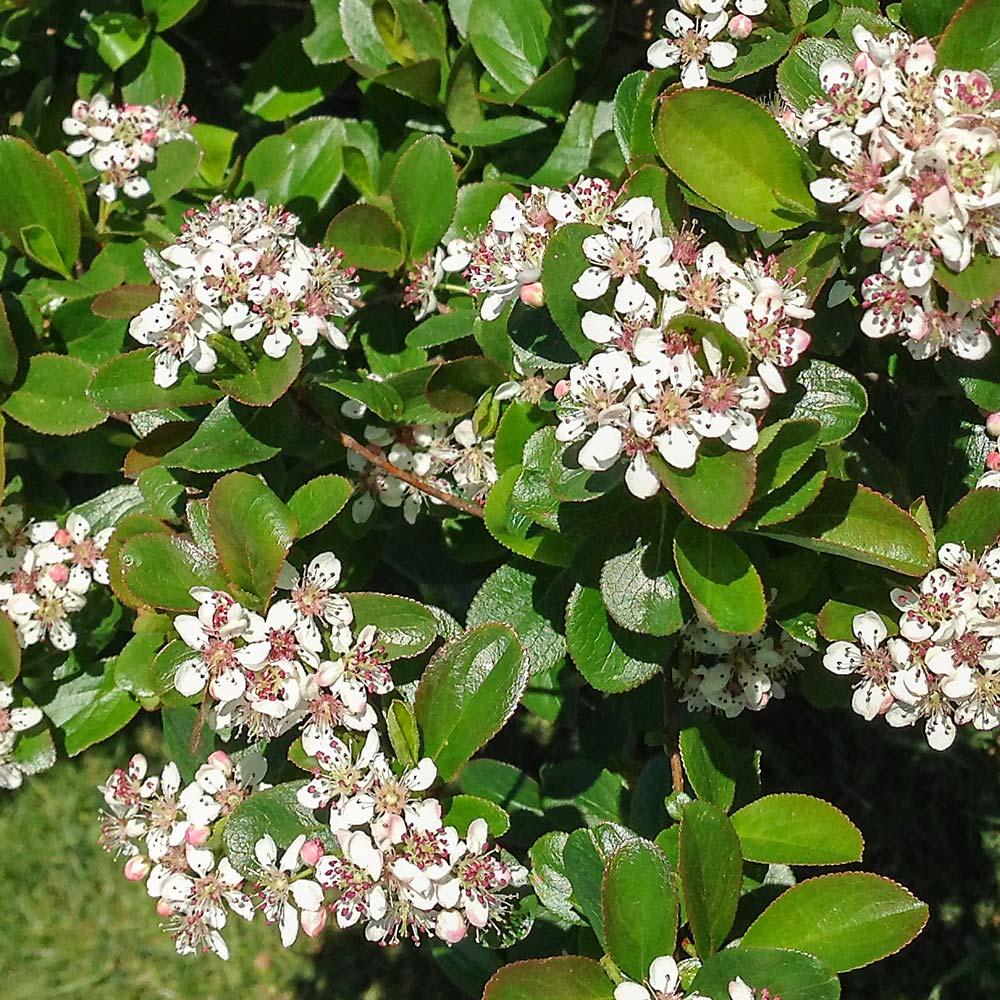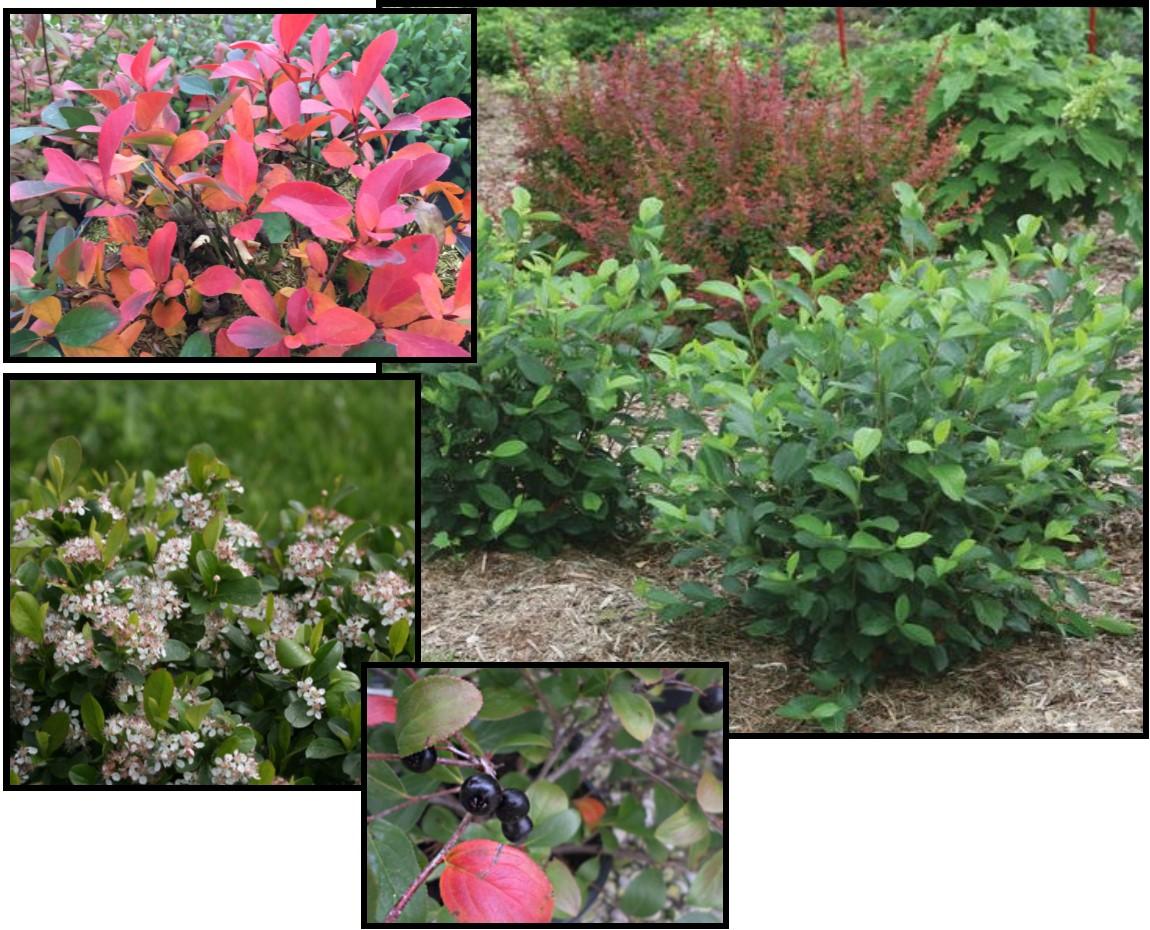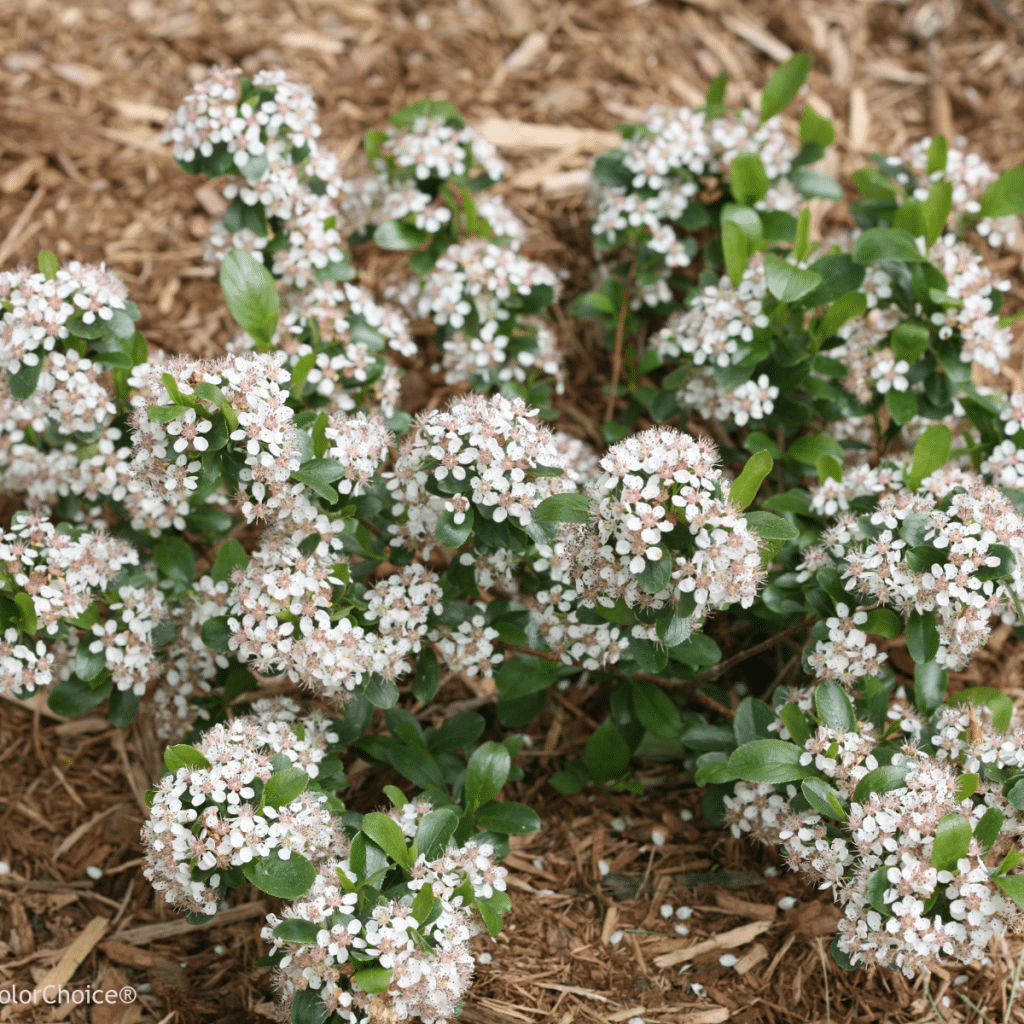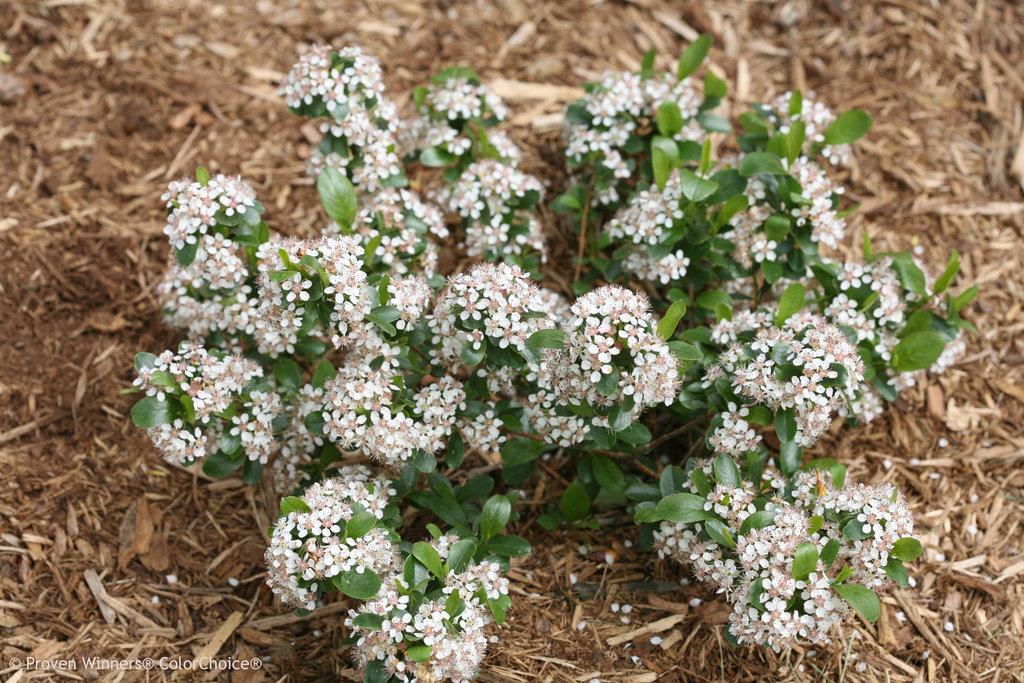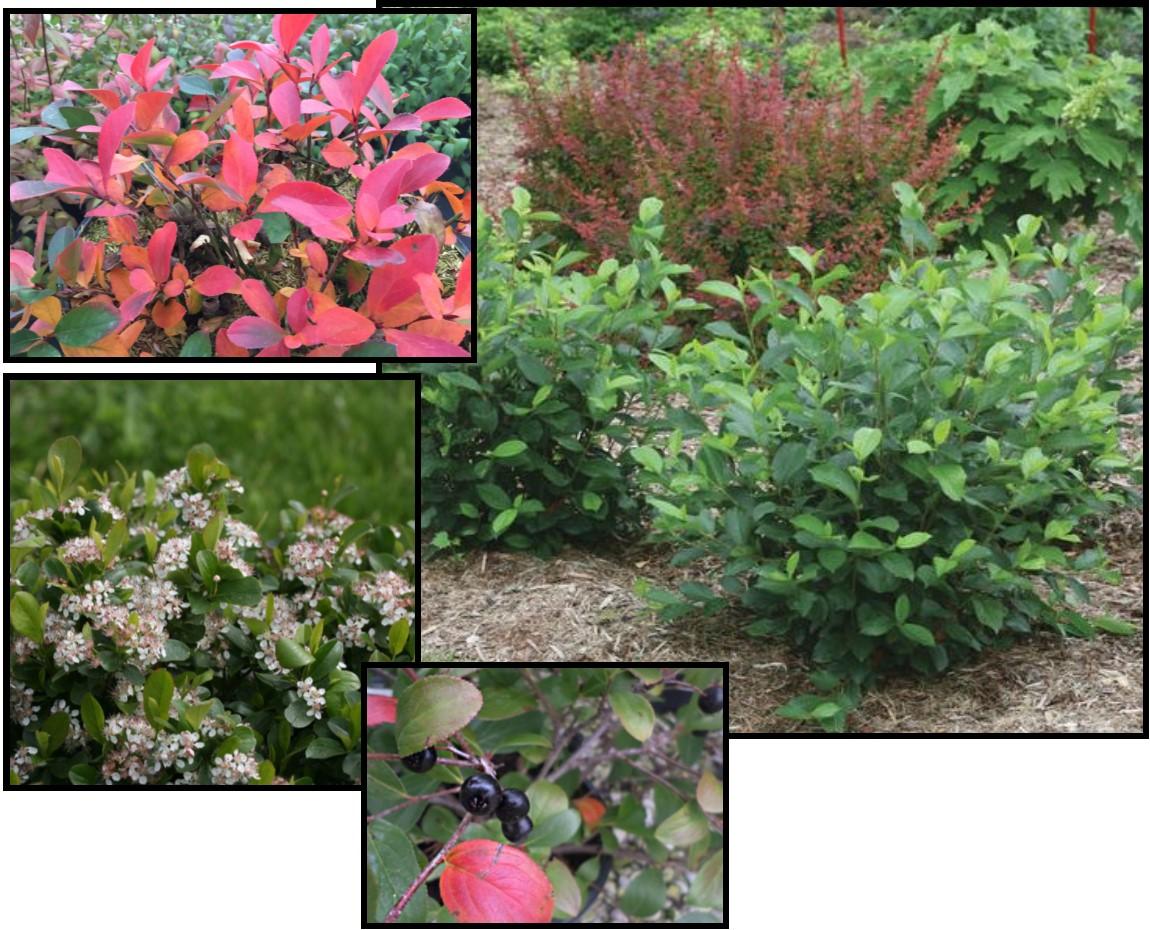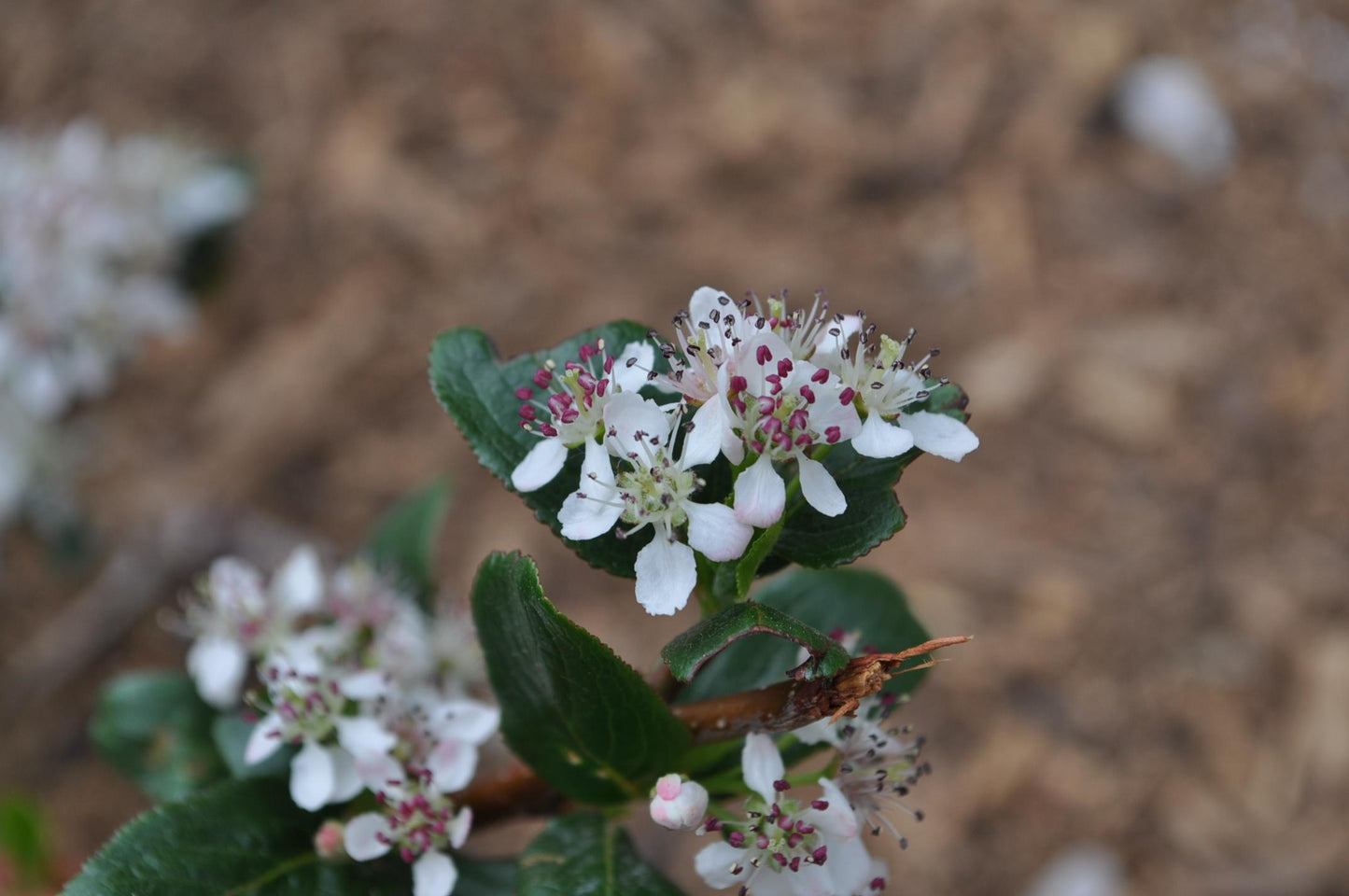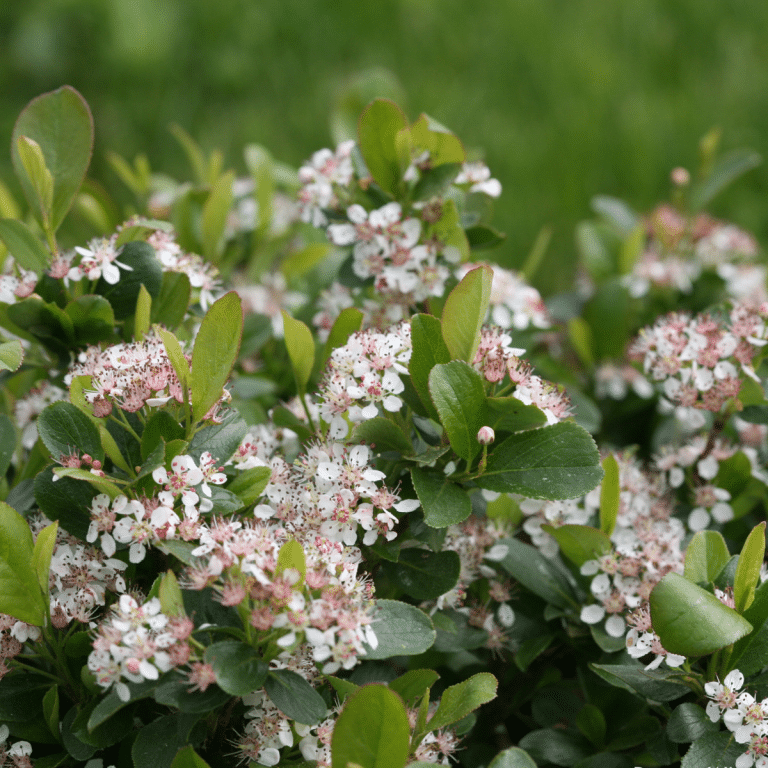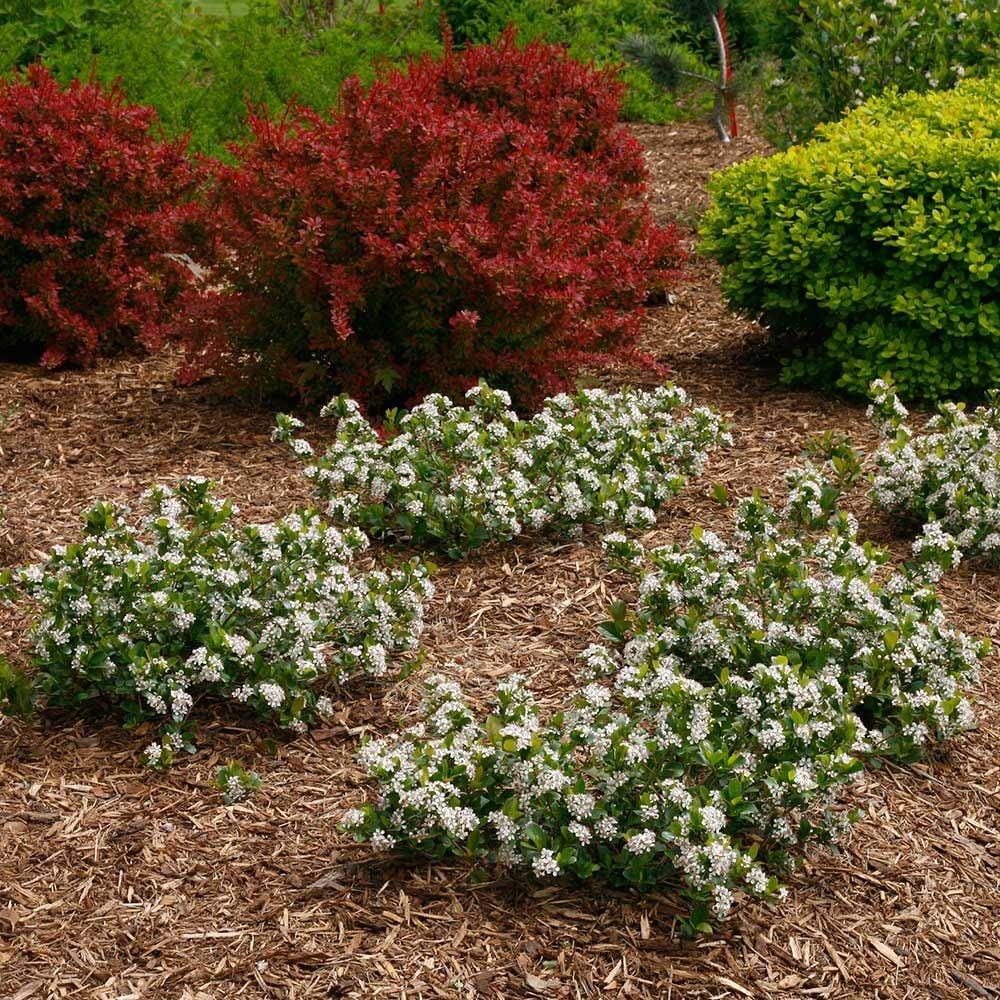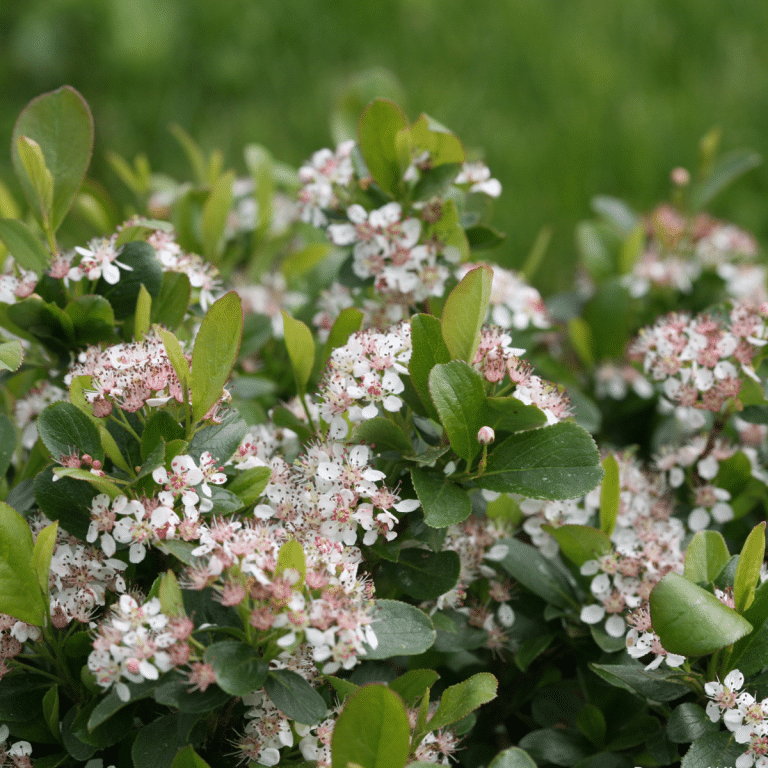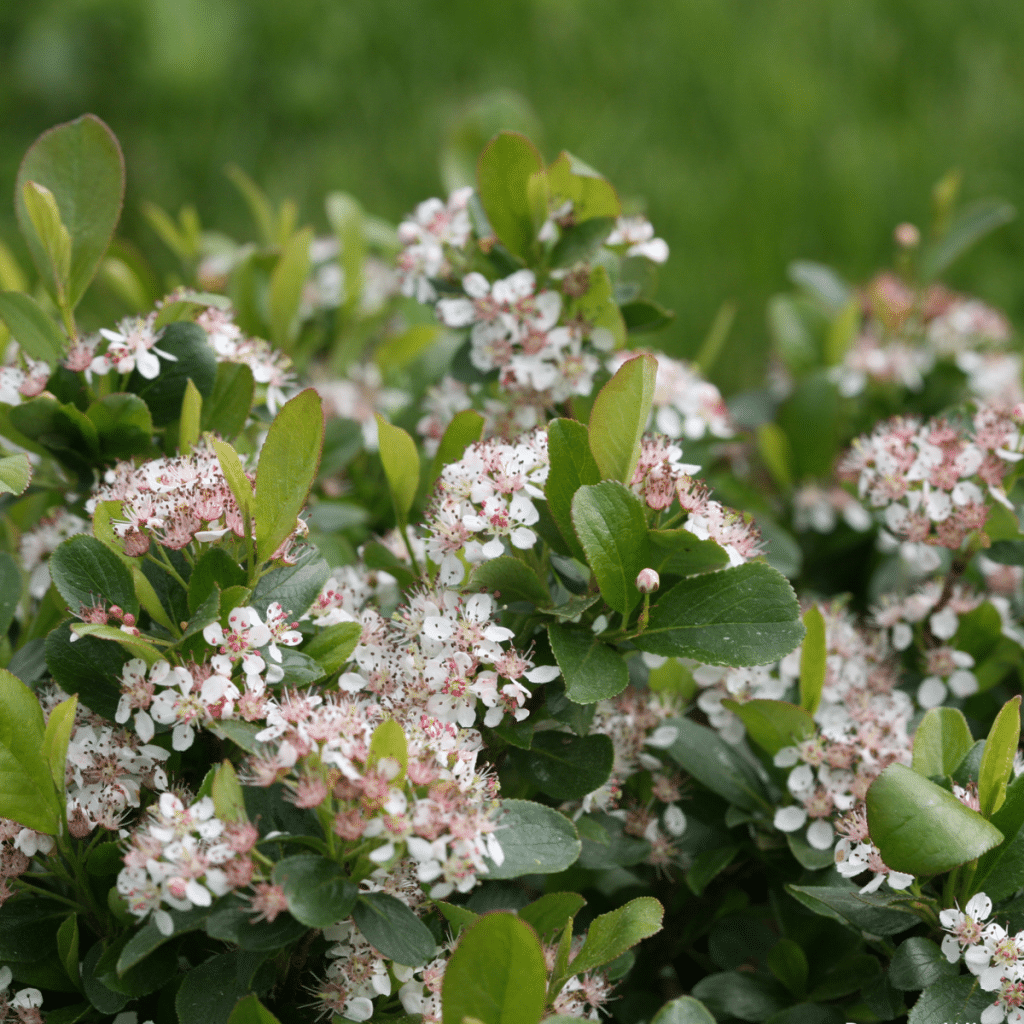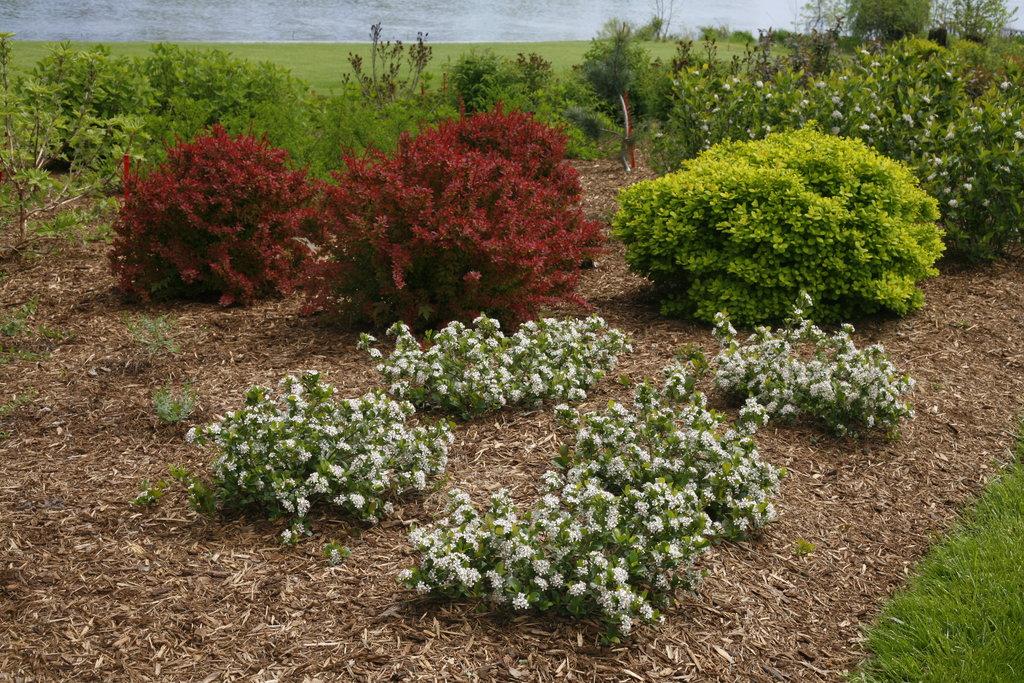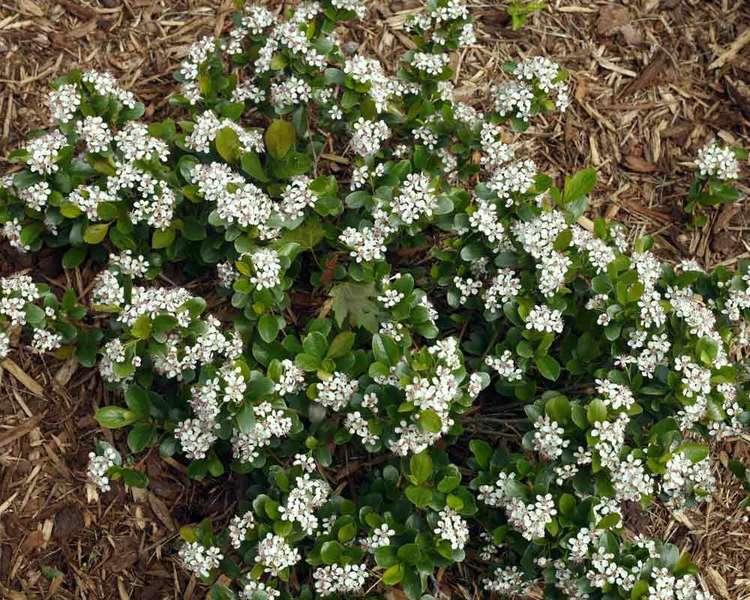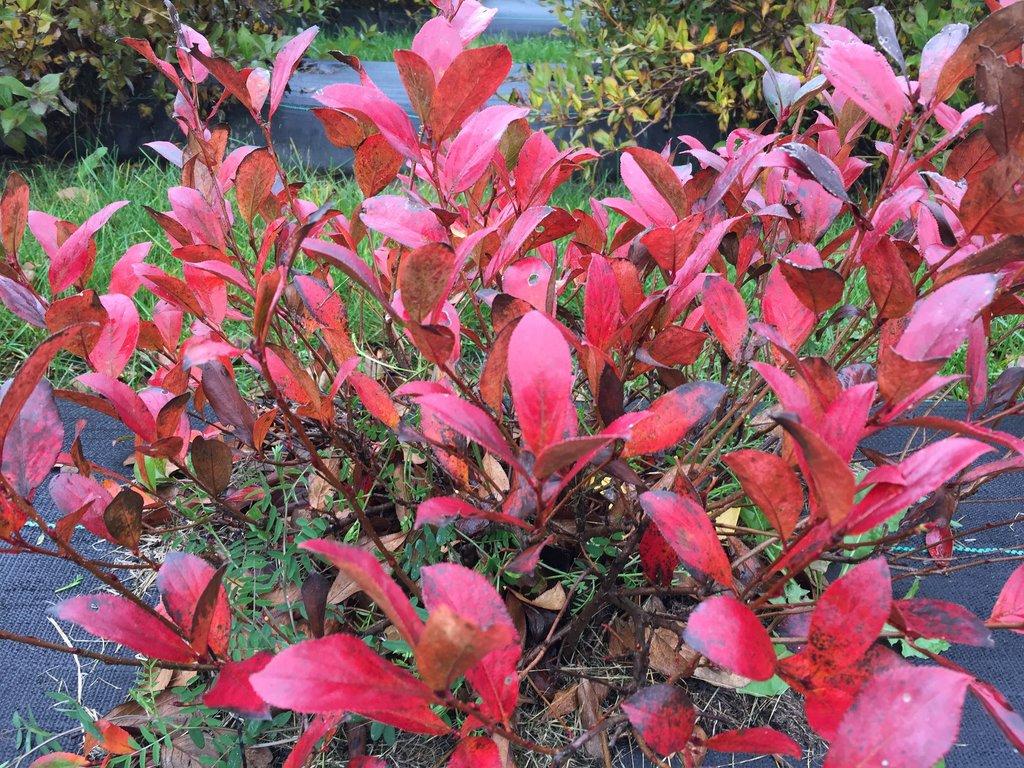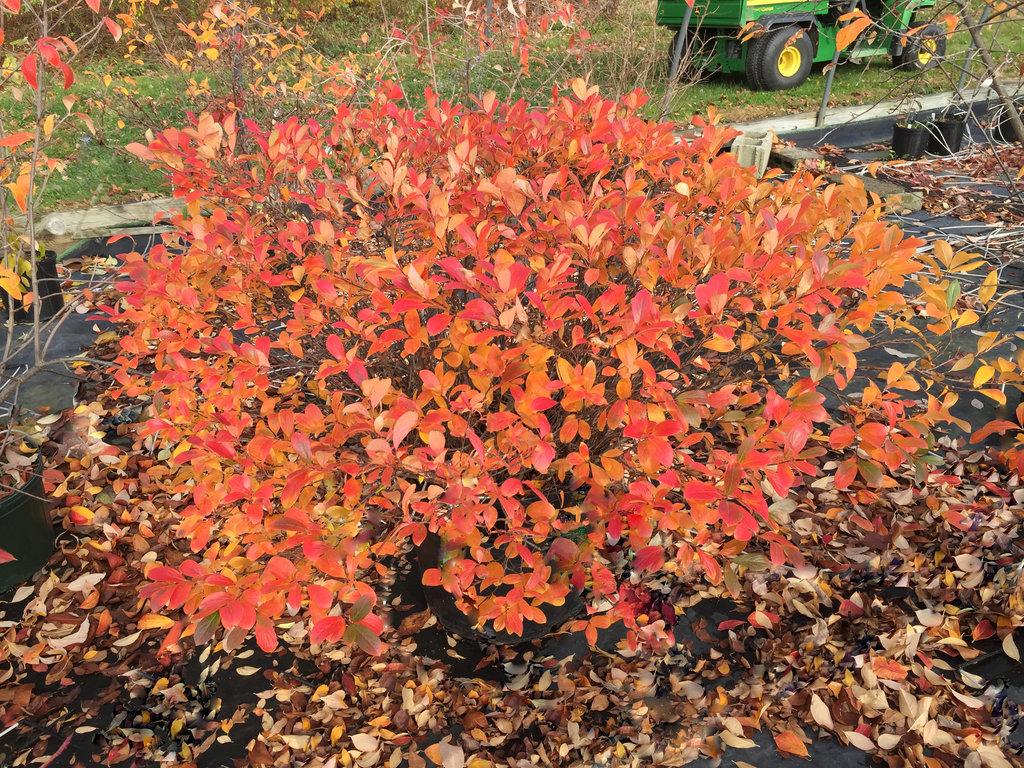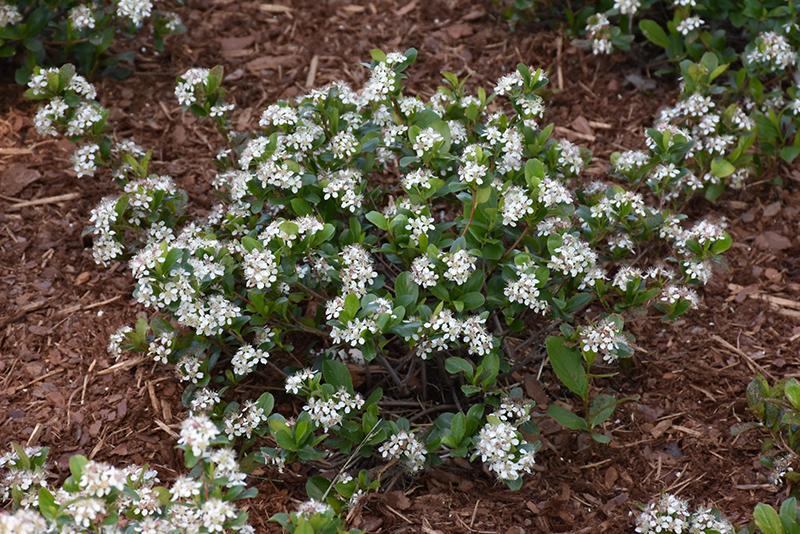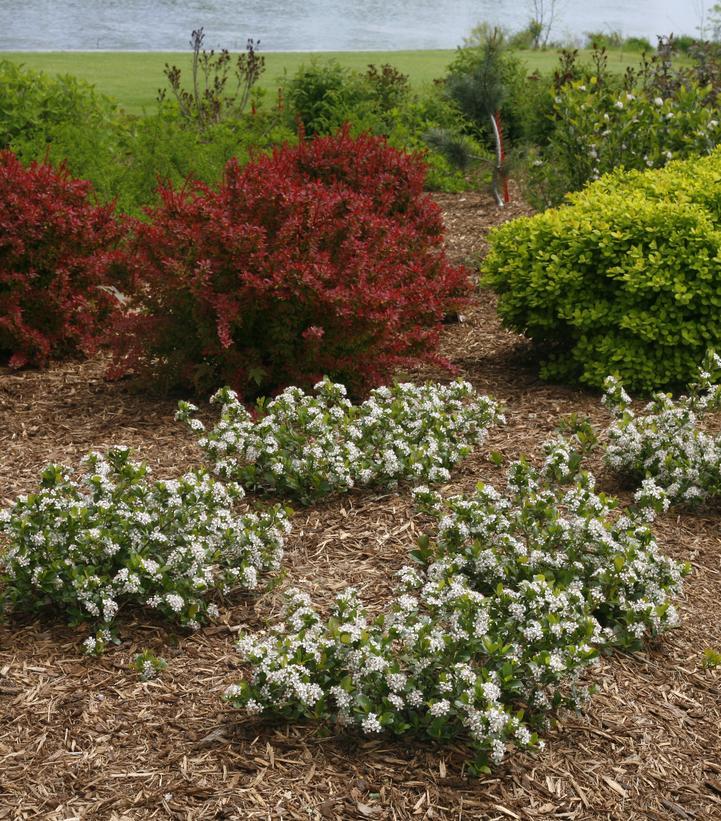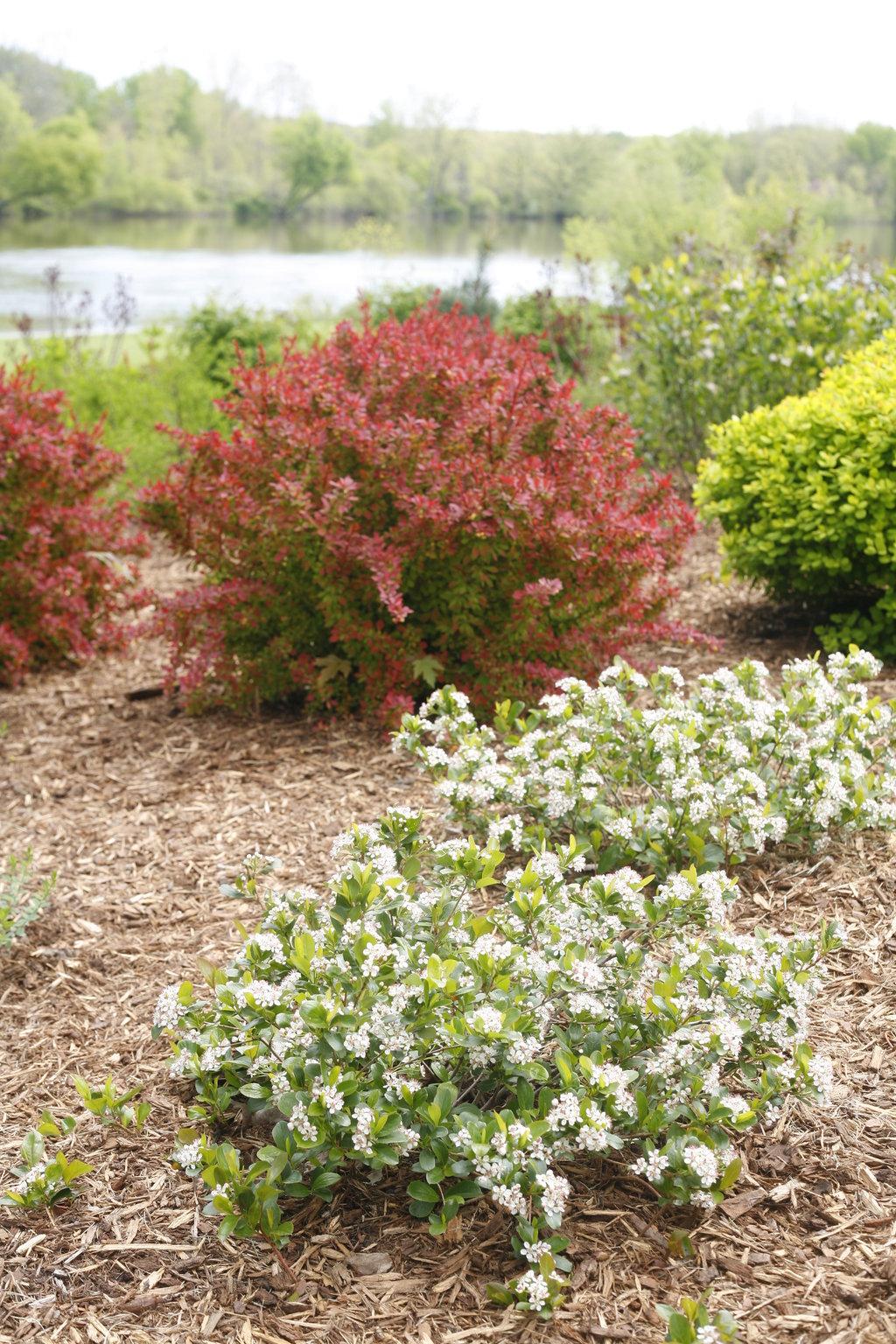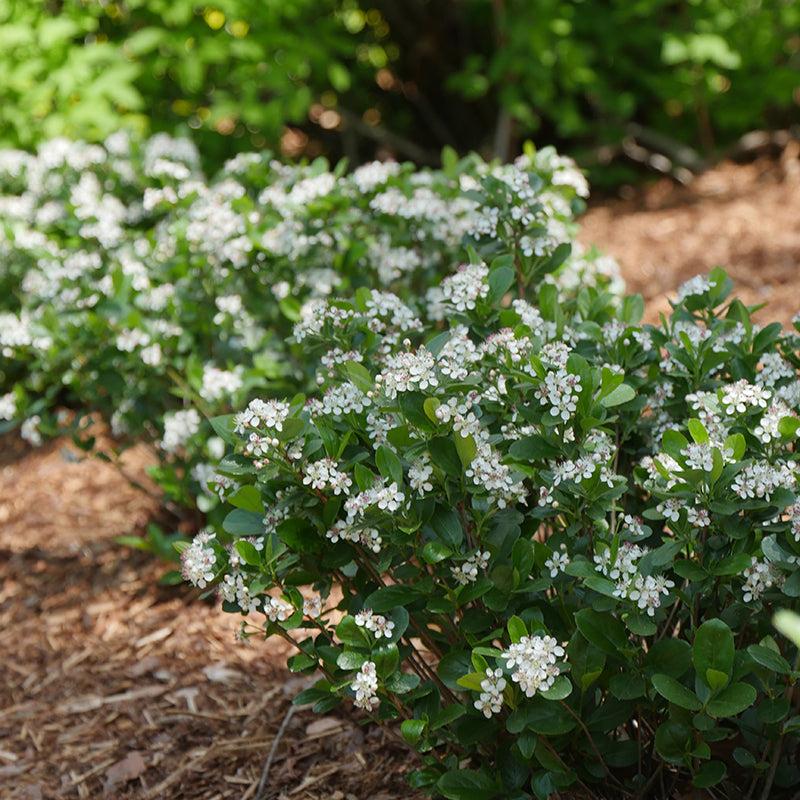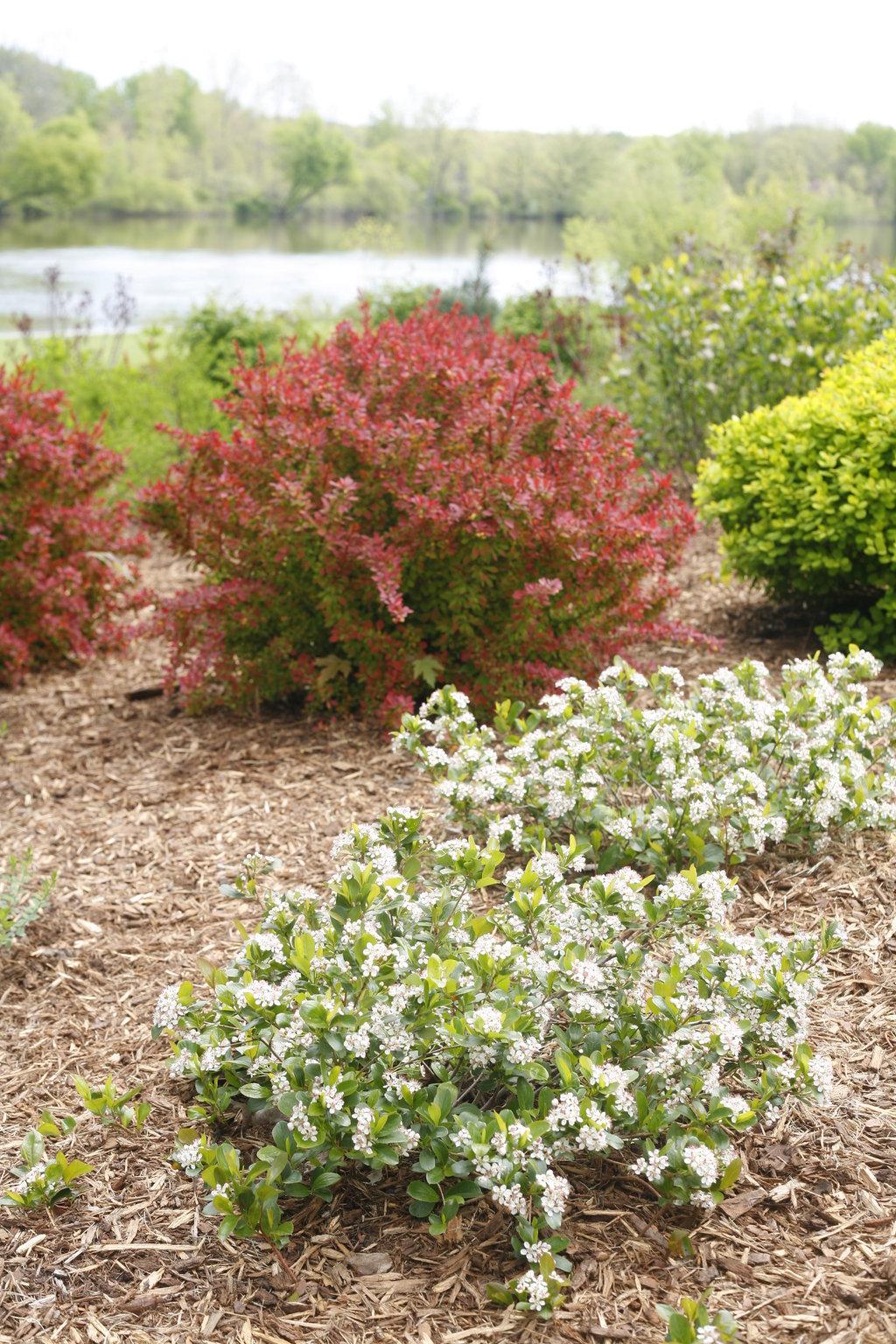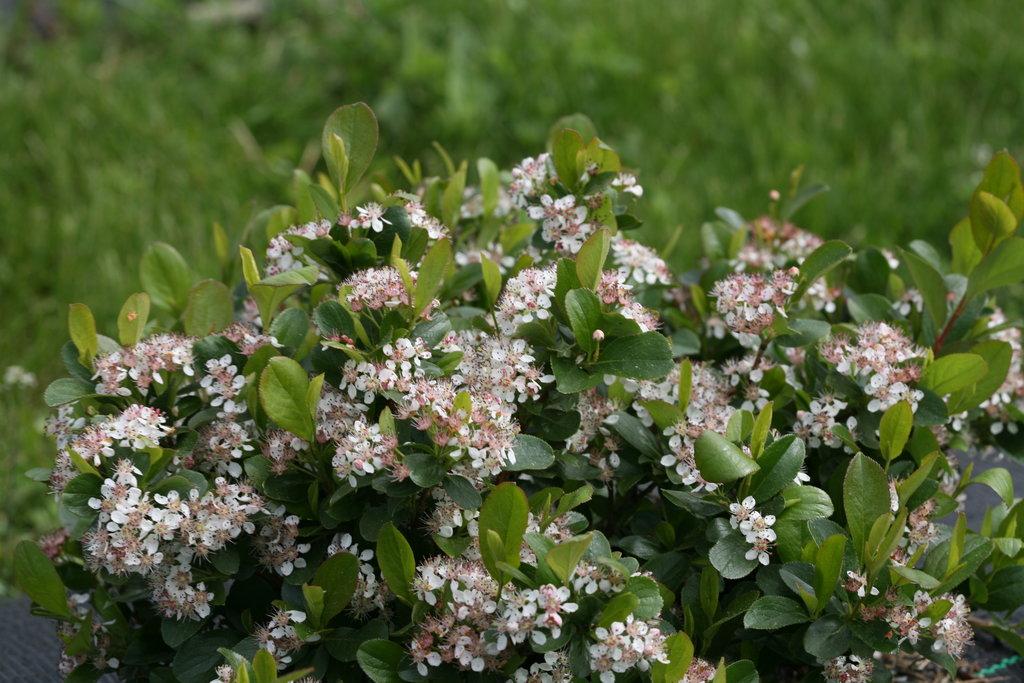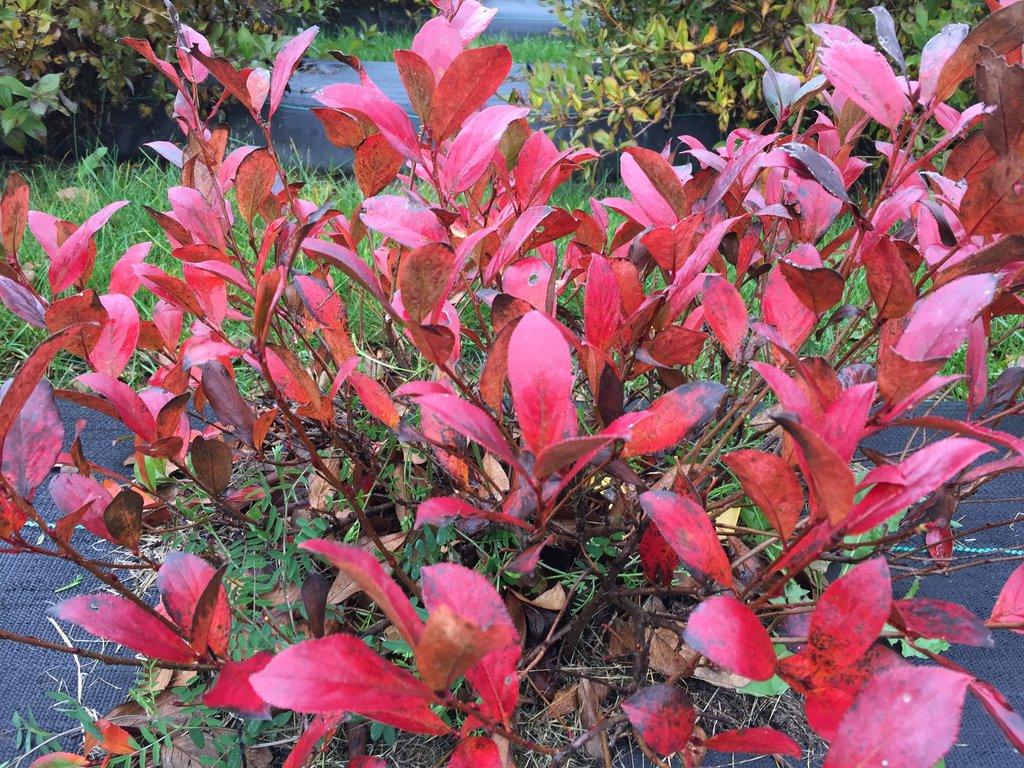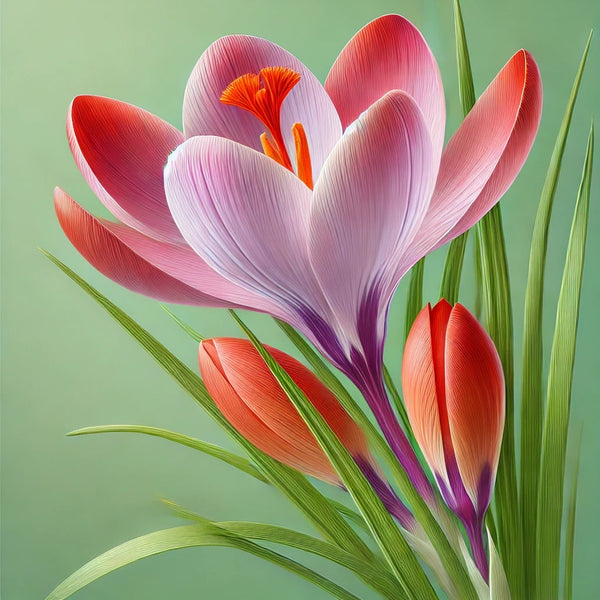1
/
of
23
Low Scape Mound Black Chokeberry–Compact Ground Cover–Attracts Pollinators 3 Gallon
Low Scape Mound Black Chokeberry–Compact Ground Cover–Attracts Pollinators 3 Gallon
Regular price
$160.00 USD
Regular price
$208.00 USD
Sale price
$160.00 USD
Unit price
/
per
Shipping calculated at checkout.
SKU:nsf7030-redcrocus
Couldn't load pickup availability
Aronia melanocarpa 'Low Scape Mound'
Description
The Aronia melanocarpa 'Low Scape Mound' is a compact, low-growing shrub known for its attractive foliage and small, dark berries. It offers seasonal interest with its white spring flowers, glossy green summer leaves, and vibrant red fall foliage. This cultivar is particularly noted for its neat, mounded form, making it an excellent choice for ground cover or small garden spaces.
Suggested Uses
This plant is ideal for use in borders, mass plantings, or as a ground cover. It is also suitable for container gardening and can be used to attract pollinators to the garden. Its berries, while tart, can be used in jams and jellies.
Plant Details
-
 Botanical Name: Aronia melanocarpa 'Low Scape Mound'
Botanical Name: Aronia melanocarpa 'Low Scape Mound' -
 Common Name: Low Scape Mound' Black Chokeberry
Common Name: Low Scape Mound' Black Chokeberry -
 Size & Growth: Typically grows 1-2 feet tall and wide
Size & Growth: Typically grows 1-2 feet tall and wide -
 Hardiness Zones: 3-9
Hardiness Zones: 3-9 -
 Foliage Type: Deciduous
Foliage Type: Deciduous -
 Bloom Time: Spring
Bloom Time: Spring -
 Growth Rate: Moderate
Growth Rate: Moderate -
 Light Requirements: Full sun to partial shade
Light Requirements: Full sun to partial shade -
 Attracts Pollinators: Yes
Attracts Pollinators: Yes -
 Indoor Friendly: No
Indoor Friendly: No -
 Container Friendly: Yes
Container Friendly: Yes -
 Deer Resistant: Yes
Deer Resistant: Yes -
 Pet Warning: Berries are non-toxic but can cause mild stomach upset if ingested in large quantities
Pet Warning: Berries are non-toxic but can cause mild stomach upset if ingested in large quantities -
 Fragrant: No
Fragrant: No -
 Cut Flower: No
Cut Flower: No -
 Grows Well With: Other native shrubs like Cornus sericea (Red Twig Dogwood)
Grows Well With: Other native shrubs like Cornus sericea (Red Twig Dogwood)
Care Tips
-
 Planting Instructions: Plant in spring or fall for best results
Planting Instructions: Plant in spring or fall for best results -
 Soil Moisture: Prefers moist, well-drained soil
Soil Moisture: Prefers moist, well-drained soil -
 Soil Type: Tolerant of a range of soil types, including clay
Soil Type: Tolerant of a range of soil types, including clay -
 Humidity: Tolerates a range of humidity levels
Humidity: Tolerates a range of humidity levels -
 Pruning Instructions: Prune in late winter to early spring to maintain shape
Pruning Instructions: Prune in late winter to early spring to maintain shape -
 Winter Care: Mulch to protect roots in colder zones
Winter Care: Mulch to protect roots in colder zones -
 Planting Depth: Plant at the same depth as it was in the nursery container
Planting Depth: Plant at the same depth as it was in the nursery container -
 Fertilization: Fertilize in early spring with a balanced fertilizer
Fertilization: Fertilize in early spring with a balanced fertilizer -
 Special Care: Ensure good air circulation to prevent disease
Special Care: Ensure good air circulation to prevent disease
Share
